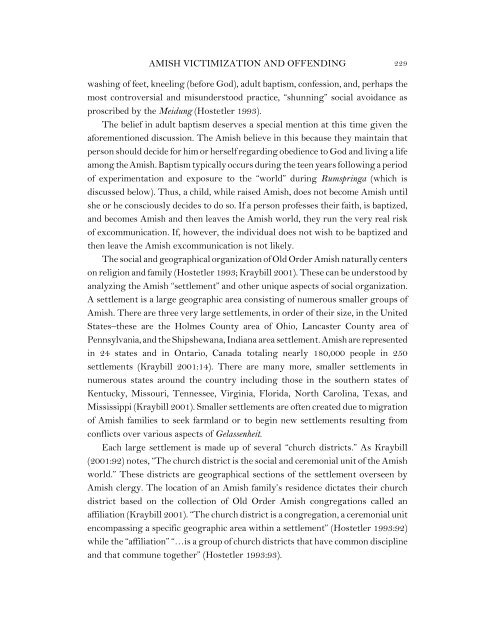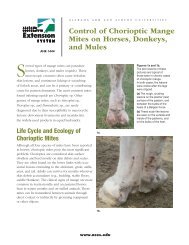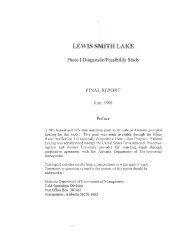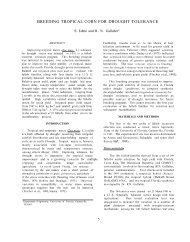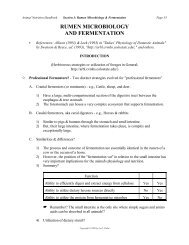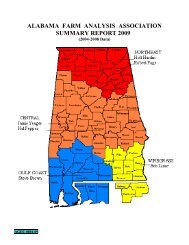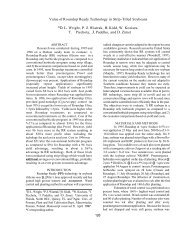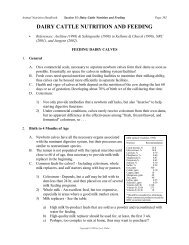AMISH VICTIMIZATION AND OFFENDING: A RURAL ...
AMISH VICTIMIZATION AND OFFENDING: A RURAL ...
AMISH VICTIMIZATION AND OFFENDING: A RURAL ...
Create successful ePaper yourself
Turn your PDF publications into a flip-book with our unique Google optimized e-Paper software.
<strong>AMISH</strong> <strong>VICTIMIZATION</strong> <strong>AND</strong> <strong>OFFENDING</strong> 229<br />
washing of feet, kneeling (before God), adult baptism, confession, and, perhaps the<br />
most controversial and misunderstood practice, “shunning” social avoidance as<br />
proscribed by the Meidung (Hostetler 1993).<br />
The belief in adult baptism deserves a special mention at this time given the<br />
aforementioned discussion. The Amish believe in this because they maintain that<br />
person should decide for him or herself regarding obedience to God and living a life<br />
among the Amish. Baptism typically occurs during the teen years following a period<br />
of experimentation and exposure to the “world” during Rumspringa (which is<br />
discussed below). Thus, a child, while raised Amish, does not become Amish until<br />
she or he consciously decides to do so. If a person professes their faith, is baptized,<br />
and becomes Amish and then leaves the Amish world, they run the very real risk<br />
of excommunication. If, however, the individual does not wish to be baptized and<br />
then leave the Amish excommunication is not likely.<br />
The social and geographical organization of Old Order Amish naturally centers<br />
on religion and family (Hostetler 1993; Kraybill 2001). These can be understood by<br />
analyzing the Amish “settlement” and other unique aspects of social organization.<br />
A settlement is a large geographic area consisting of numerous smaller groups of<br />
Amish. There are three very large settlements, in order of their size, in the United<br />
States–these are the Holmes County area of Ohio, Lancaster County area of<br />
Pennsylvania, and the Shipshewana, Indiana area settlement. Amish are represented<br />
in 24 states and in Ontario, Canada totaling nearly 180,000 people in 250<br />
settlements (Kraybill 2001:14). There are many more, smaller settlements in<br />
numerous states around the country including those in the southern states of<br />
Kentucky, Missouri, Tennessee, Virginia, Florida, North Carolina, Texas, and<br />
Mississippi (Kraybill 2001). Smaller settlements are often created due to migration<br />
of Amish families to seek farmland or to begin new settlements resulting from<br />
conflicts over various aspects of Gelassenheit.<br />
Each large settlement is made up of several “church districts.” As Kraybill<br />
(2001:92) notes, “The church district is the social and ceremonial unit of the Amish<br />
world.” These districts are geographical sections of the settlement overseen by<br />
Amish clergy. The location of an Amish family’s residence dictates their church<br />
district based on the collection of Old Order Amish congregations called an<br />
affiliation (Kraybill 2001). “The church district is a congregation, a ceremonial unit<br />
encompassing a specific geographic area within a settlement” (Hostetler 1993:92)<br />
while the “affiliation” “…is a group of church districts that have common discipline<br />
and that commune together” (Hostetler 1993:93).


